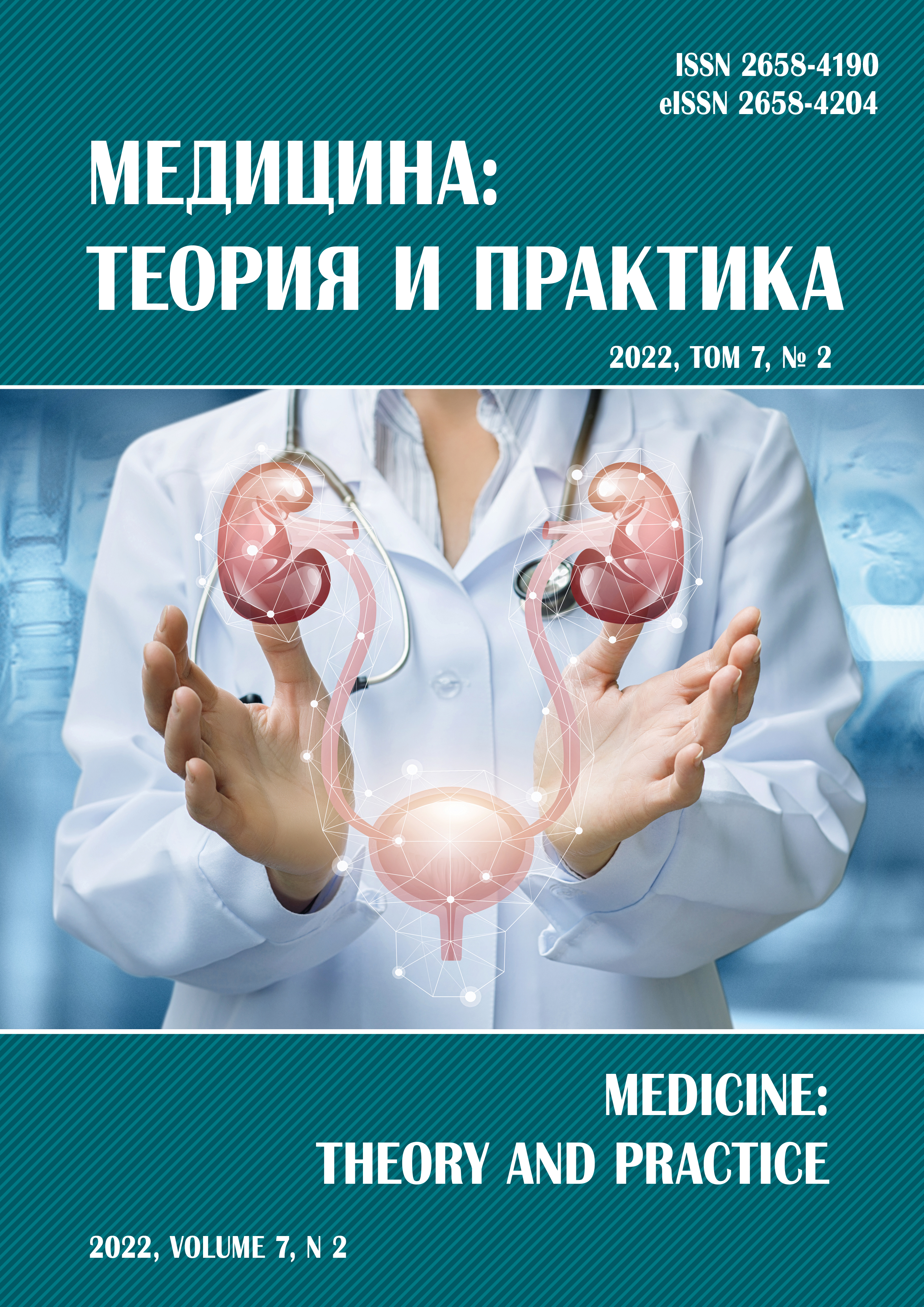ECHOCARDIOGRAPHIC EVALUATION OF THE RIGHT VENTRICLE, HEMODYNAMIC CHARACTERISTIC AND DIAGNOSIS OF PULMONARY HYPERTENSION
Abstract
Current review article presents the main parameters of the pulmonary circulation, including pulmonary artery pressure (systolic, mean, PAPmean), pulmonary vascular resistance (PVR), pulmonary artery wedge pressure (PAWP), diastolic pulmonary gradient (DPG). The first hemodynamic definition of PH was given at the eponymous World Symposium on PH, (WSPH, 1973) in Geneva as an increase of resting PAPmean > 25 mm Hg. determined by right heart catheterization. In 2013, WSPH experts showed that the value of mPAP, used in isolation, is not accurate enough for the clinical characterization of PH, since its increase can have different causes. Inclusion of PVR into the definition of precapillary PH makes it possible to distinguish increases in PAPmean due to pathology of the lungs and pulmonary vessels from those resulting from an increase in PAWP or cardiac output. PVR values ≥ 3 WU indicate overt precapillary PH, in which correction of congenital systemic pulmonary bypass becomes questionable. The hemodynamic classification of PH, according to the WSPH (2019), includes various combinations of changes in PAPmean, PAWP, DPG, CO and PVR, assessed in a stable clinical setting, and propose to devide PH to pre-, post -capillary and combined hemodynamic variants. The possibilities of non -invasive diagnosis of pulmonary hypertension using echocardiography are discussed. The concept of echocardiographic probability of pulmonary hypertension is given, which is based on determining the gradient of tricuspid regurgitation in combination with a number of additional signs, including those from the right heart chambers. In this connection, the article also discusses the issues of assessing the function of the right ventricle in patients with pulmonary hypertension. The problems, advantages and prospects of using stress echocardiography to detect PH in the early stages are considered. Modern criteria for stress -induced PH have been proposed.



